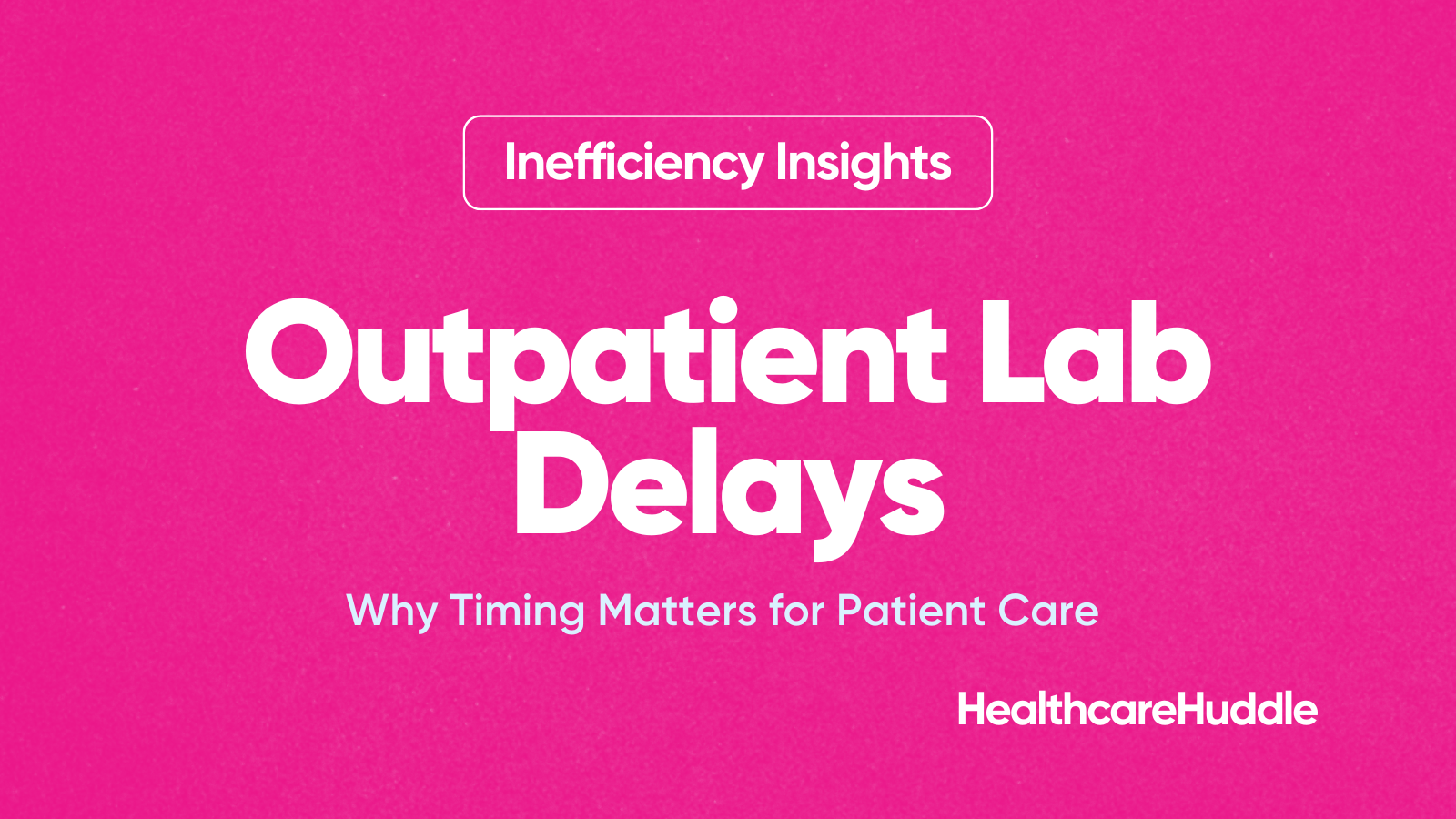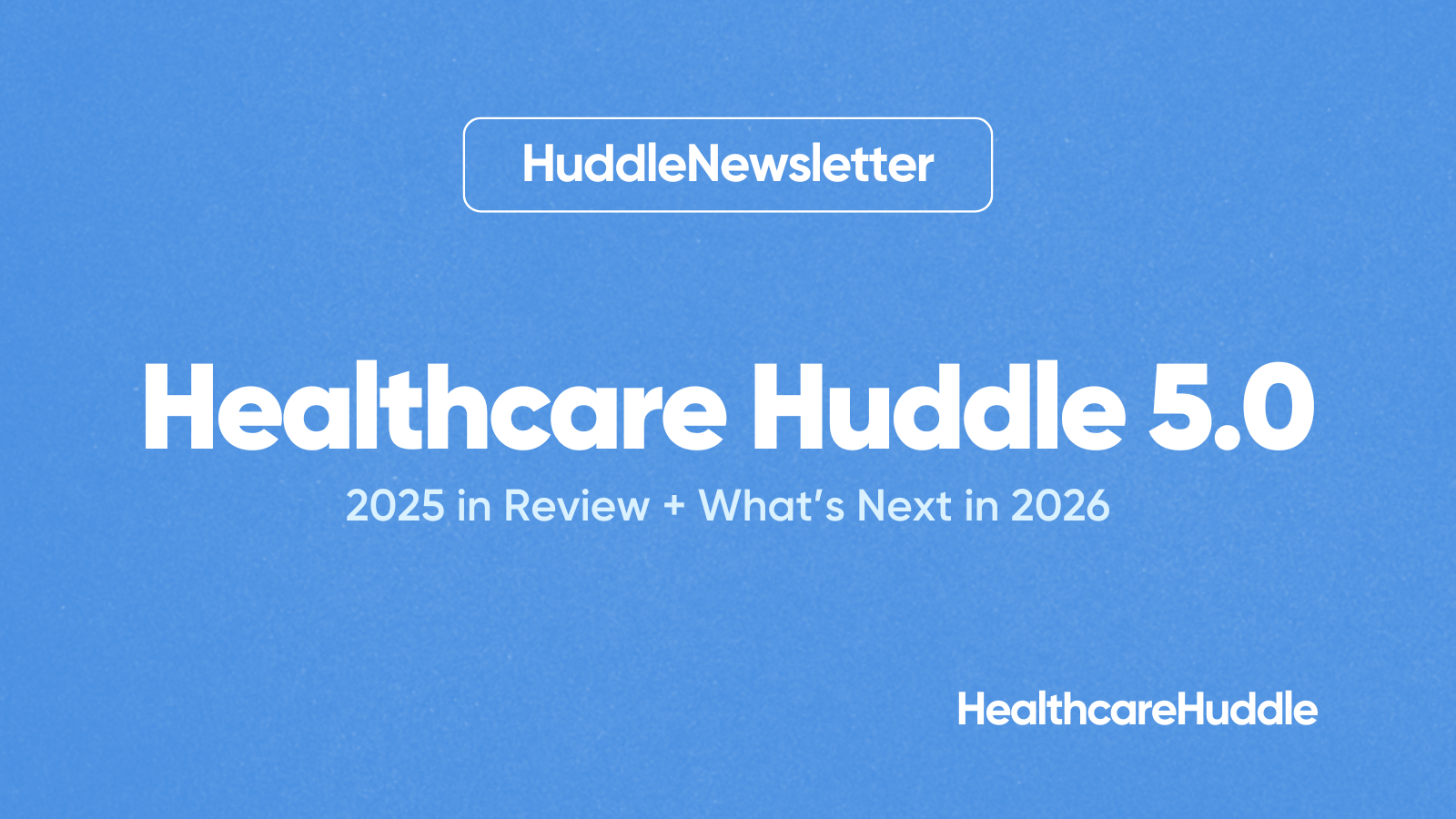DoximityGPT is changing the way physicians manage their administrative tasks, offering an AI-powered assistant designed to streamline workflows and reduce the burden of paperwork.
What Is DoximityGPT?
DoximityGPT is a generative AI tool integrated into the Doximity platform, designed specifically to assist physicians with a variety of administrative tasks. Leveraging the power of OpenAI’s GPT technology, DoximityGPT helps doctors draft letters, complete insurance appeals, prepare patient education materials, and more—all with the goal of cutting down on time-consuming, non-clinical work.
How Does DoximityGPT Work?
DoximityGPT works as a “physician’s copilot,” assisting in drafting and automating various administrative documents. As highlighted in my article, “The Impact of Doximity GPT on Physician Workflows,” this tool has been designed to handle the routine tasks that often bog down physicians, such as writing referral letters or responding to insurance queries.
For example, if a physician needs to write a letter of medical necessity for a durable medical equipment request, DoximityGPT can generate a draft that the physician can quickly review and send. This not only saves time but also ensures consistency and accuracy in documentation.
Key Features of DoximityGPT
Document Drafting: Automatically generates drafts for various types of physician correspondence, including insurance appeals, patient letters, and more.
Time Savings: Reduces the time spent on administrative tasks, allowing physicians to focus more on patient care.
AI-Powered Insights: Continuously learns from user input, improving its ability to assist with specific tasks over time.
The Impact of DoximityGPT on Healthcare
DoximityGPT is a glimpse into the future of healthcare administration. By automating routine tasks, it allows physicians to reclaim valuable time that can be better spent on direct patient care. As noted in my article, “Top AI Medical Search Platforms Transforming Healthcare in 2024,” the integration of AI into healthcare is expected to grow rapidly, with DoximityGPT leading the charge in the physician community.
DoximityGPT: A Step Towards Fully Integrated AI in Healthcare
While DoximityGPT is already making waves, its potential is far from fully realized. As I discussed in “The Impact of Doximity GPT on Physician Workflows,” the next logical step would be integrating DoximityGPT directly into Electronic Health Records systems. This integration could further streamline physician workflows by enabling DoximityGPT to assist with tasks like pre-charting, discharge summaries, and even responding to patient messages.
However, this integration poses challenges, primarily due to the complexity and cost of embedding AI into existing healthcare IT systems. Yet, the potential benefits—such as improved efficiency, reduced burnout, and enhanced patient care—make this a highly anticipated development in the healthcare industry.
Conclusion
DoximityGPT represents a significant advancement in the use of AI for healthcare administration. By automating routine tasks, it not only improves physician efficiency but also sets the stage for more comprehensive AI integration in the future. As AI continues to evolve, tools like DoximityGPT will become increasingly vital for healthcare professionals looking to optimize their workflows and enhance patient care.

Check out more exclusive coverage with a Huddle+ subscription.
Read personalized, high-quality content that helps healthcare providers lead in digital health, policy, and business. Become a Huddle+ member here.






